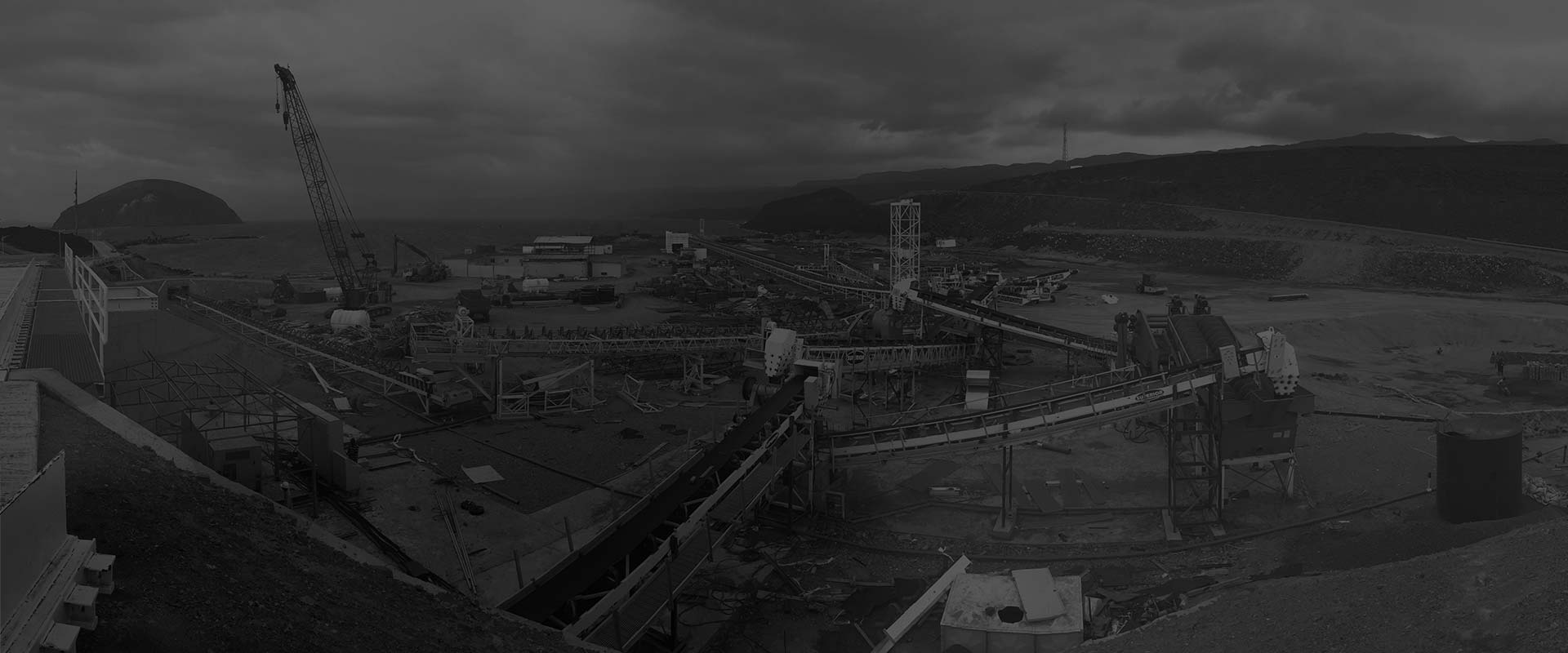0086-379-64087240
The rod mill is widely used in the primary grinding of artificial sand, beneficiation plants, and power departments of chemical plants, commonly referred to as primary open-circuit grinding. Compared to ball mills, rod mills have a narrower range of applications, with relatively fewer models to choose from. Here, CIC LUOYANG, a rod mill manufacturer, introduces the parameters of rod mills to help customers choose the appropriate model based on the parameters.
Firstly, due to the vigorous promotion of road and bridge engineering, the market prospects for heavy industrial machinery such as rod mills are good. With the emergence of many manufacturers, there have been improvements and developments to the parameters and models of rod mills, which have met the needs of different users. Rod mill parameters include: cylinder length, cylinder diameter, effective volume, rotational speed, grinding body loading capacity, and transmission mode, among others.
Compared to ball mills, rod mills are old-fashioned equipment that saves more than 40% power consumption, produces particles with a more uniform size distribution, and contains fewer coarse particles and slurry. The particle size characteristics of the open-circuit rod mill's product are similar to those of the closed-circuit ball mill's. By using advanced controllable feeding and discharging rod mill technology and appropriate grinding bodies based on the user's actual grinding material, the traditional ball mill's surface contact is transformed into line contact, making the sand making machine's discharge particle size more uniform, with higher production, which is suitable for ores of different hardness.
Secondly, when choosing a wet rod mill, we need to carefully analyze its parameters, such as cylinder diameter and length, to select the appropriate model to maximize its advantages. Secondly, you need to consider the reducer and motor equipped with heavy industry machinery such as the rod mill. When working, the rod mill rotates through the motor, reducer, and large gears to rotate the cylinder, which contains the proper grinding media - steel rods. Under the combined action of centrifugal force and frictional force, the grinding media is lifted to a certain height, and then falls in a throwing or spilling state, breaking down the material fed continuously into the cylinder, with products discharged from the overflow and continuous feeding outlet to undergo the next processing operation. Finally, select the appropriate model for the processing capacity of the plant.
By following these three steps, you should be able to easily select the appropriate heavy industrial machinery, such as the rod mill, based on your needs. The rod mill is generally of the wet overflow type and can be used as primary open-circuit grinding equipment. Depending on the needs, different rod mill parameters and models can be chosen to maximize its advantages. These parameters can ensure that the steel rod moves in a regular manner in the mill, making the installation and maintenance of the rod mill easy, while enabling quick slag discharge with less over-grinding and more uniform product particle size distribution.
